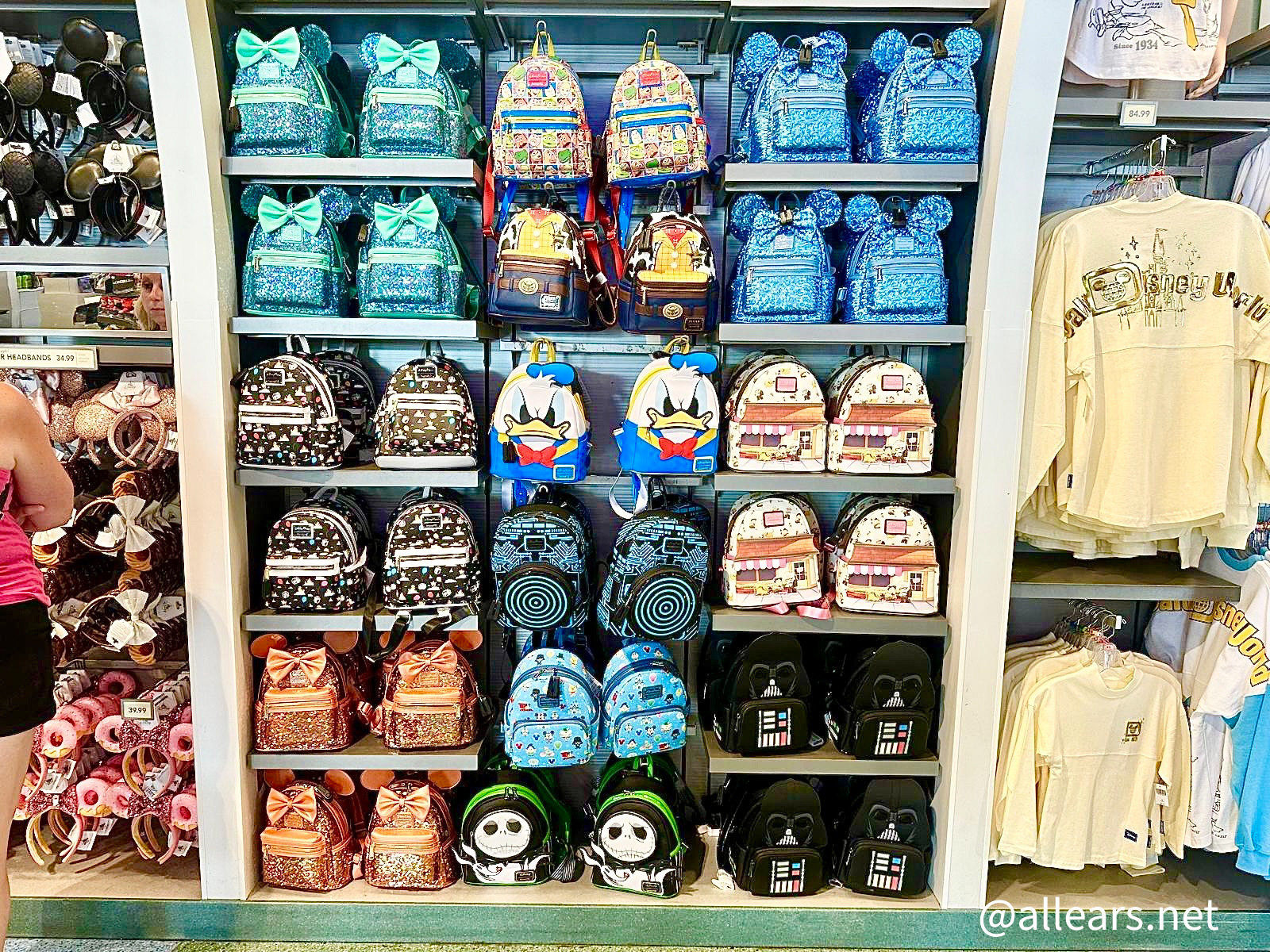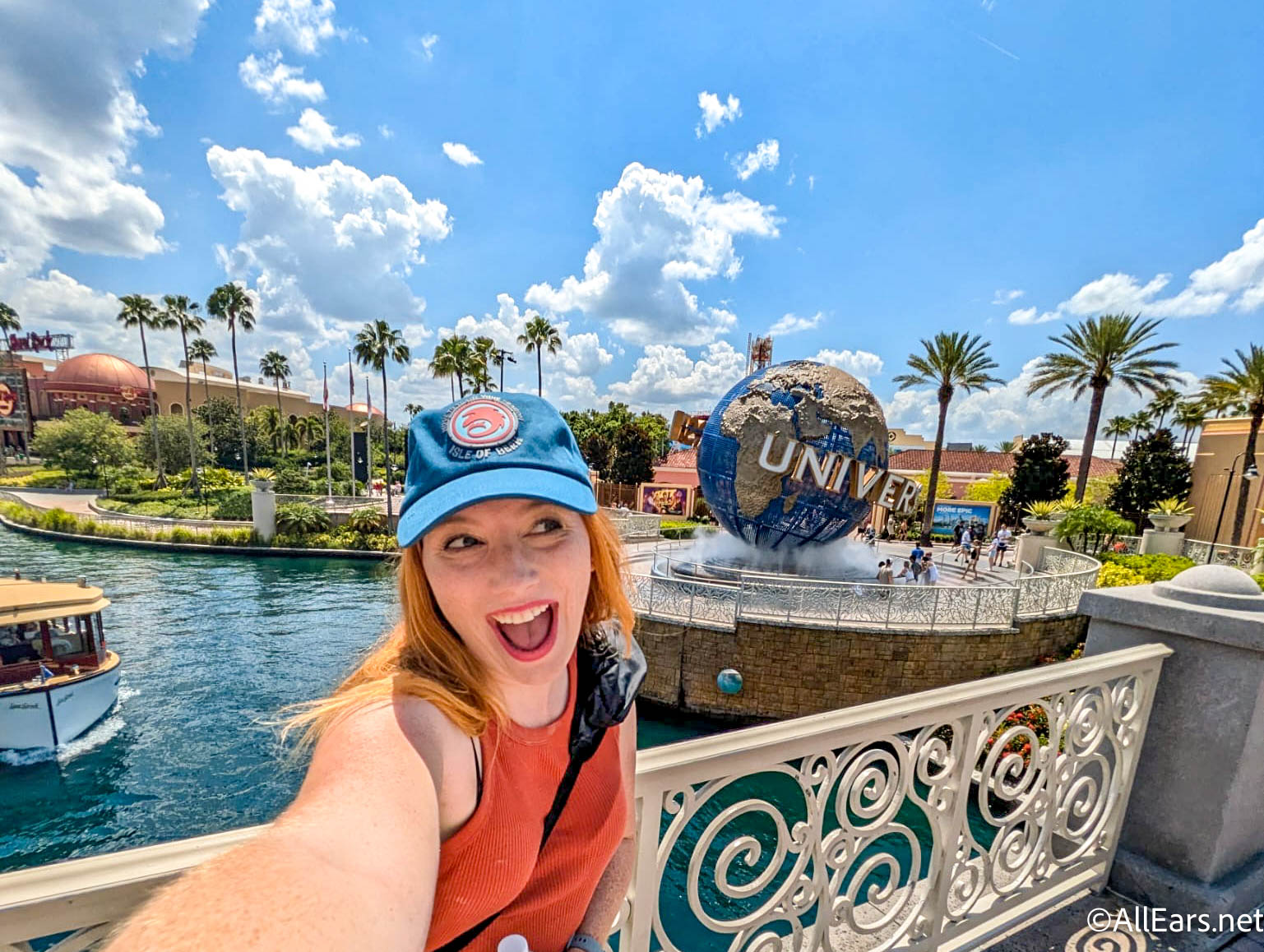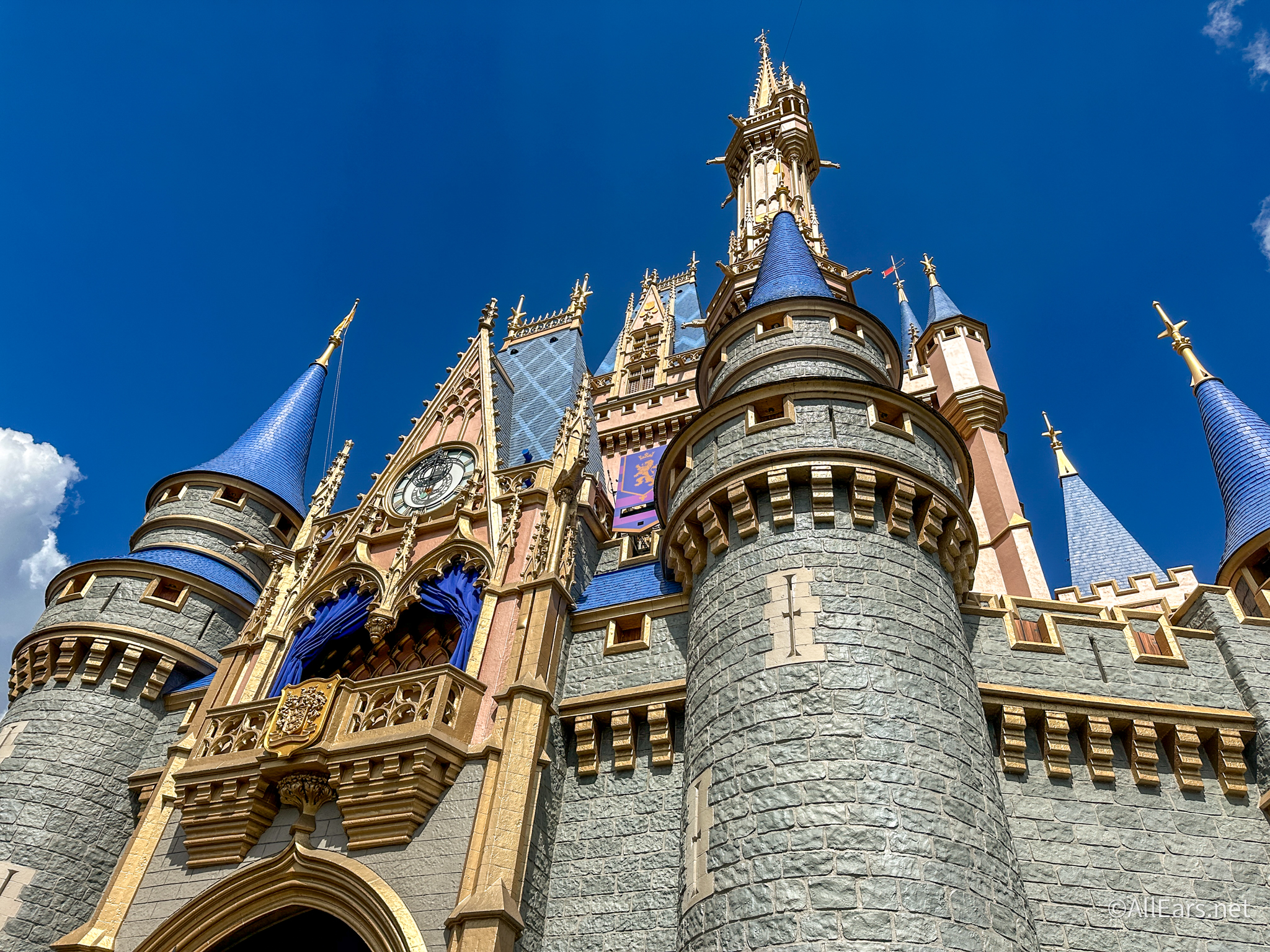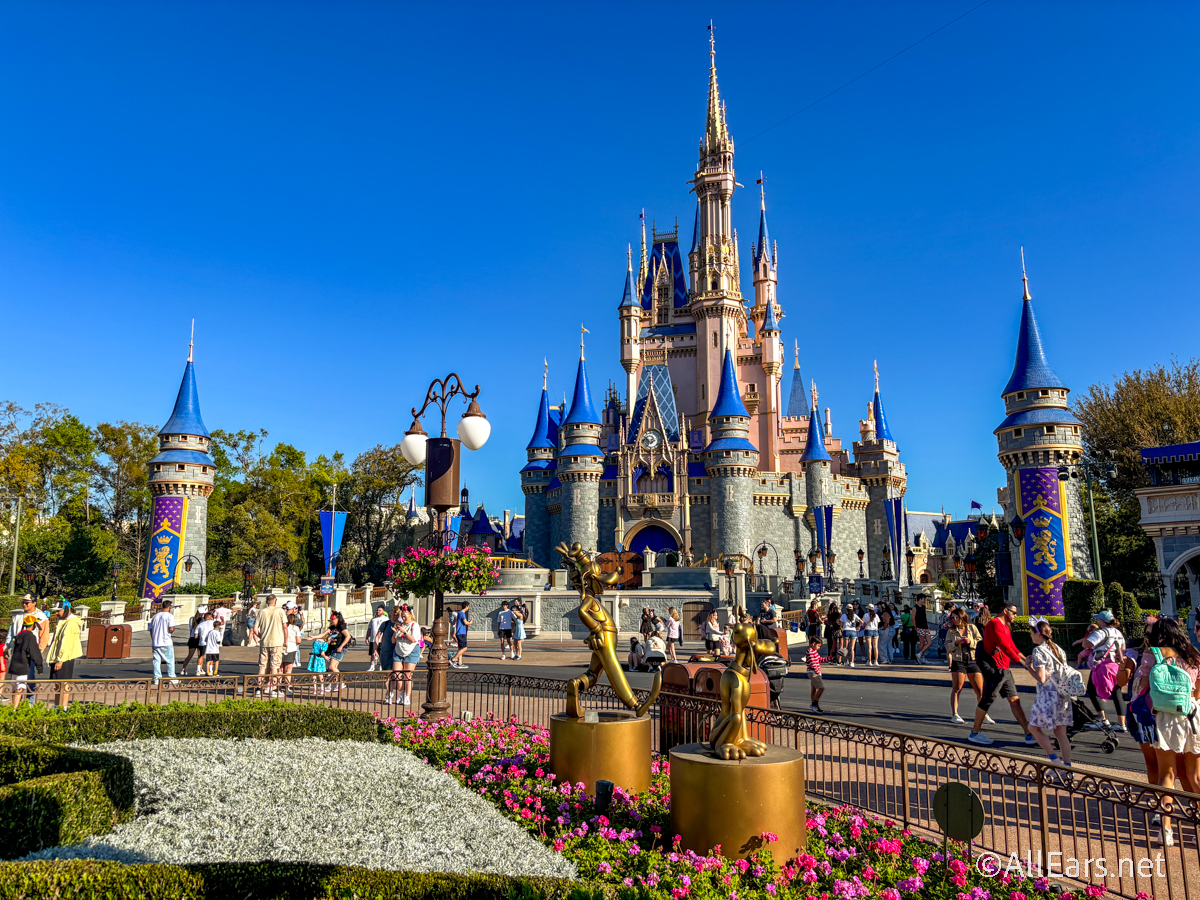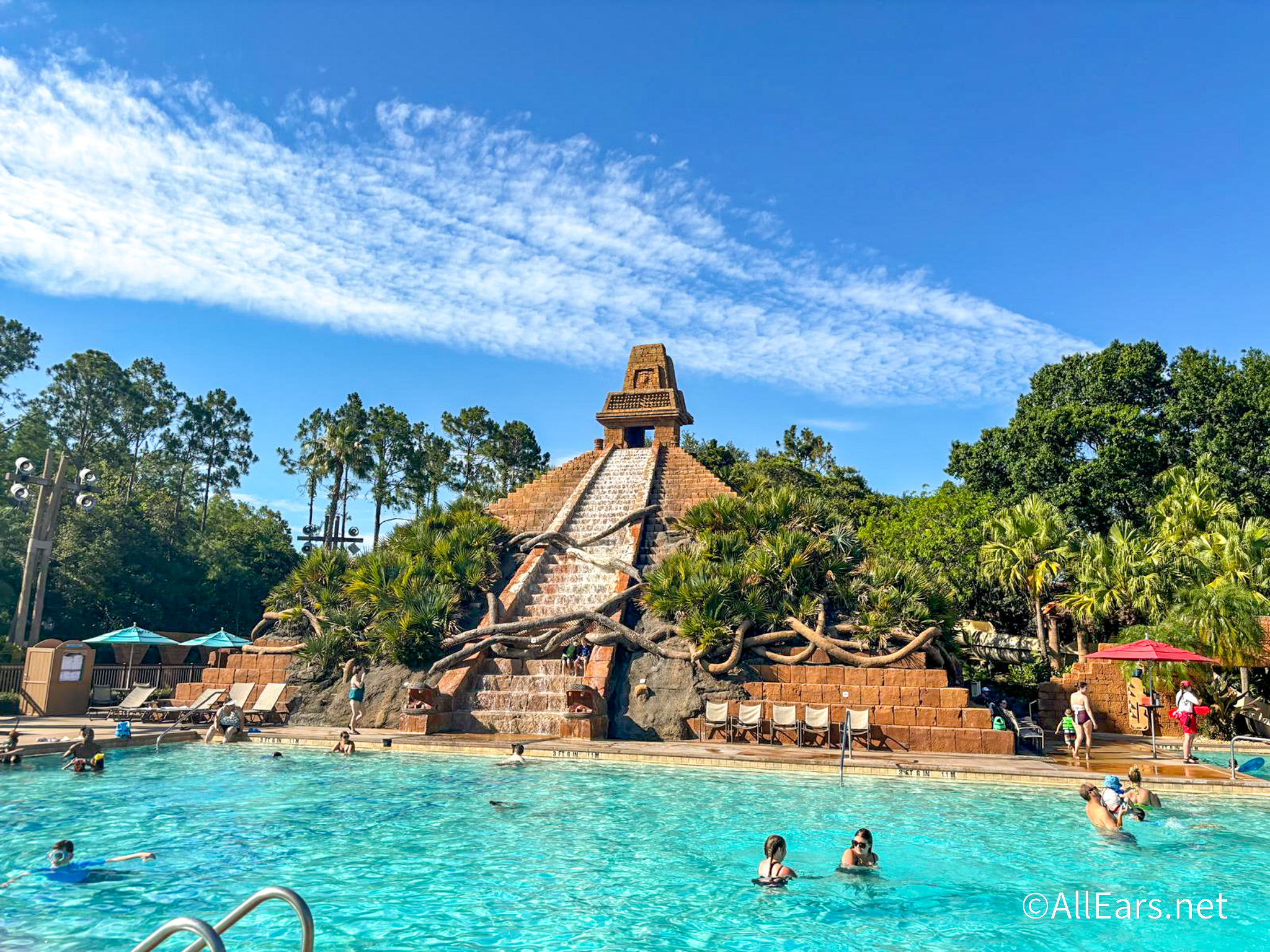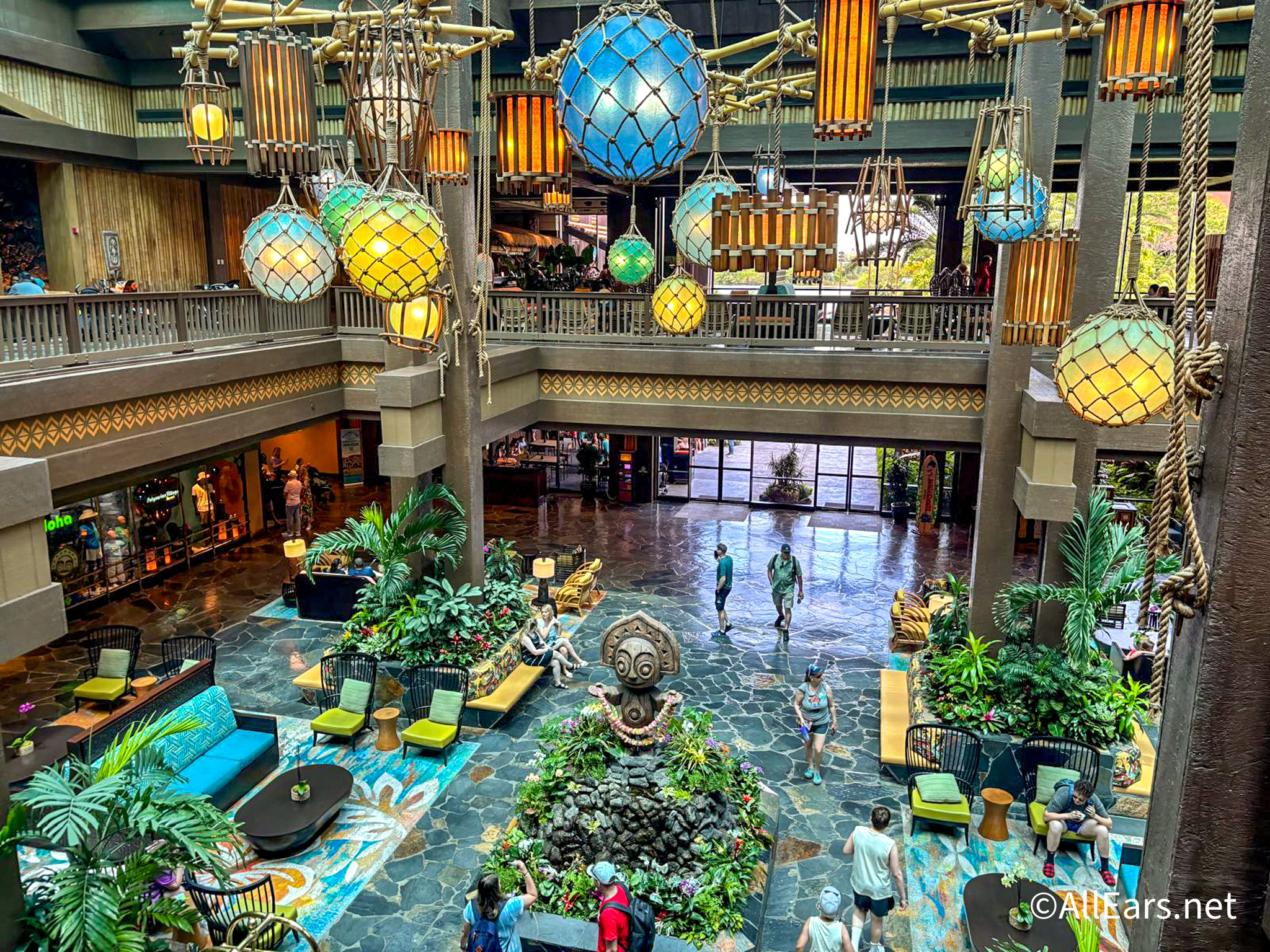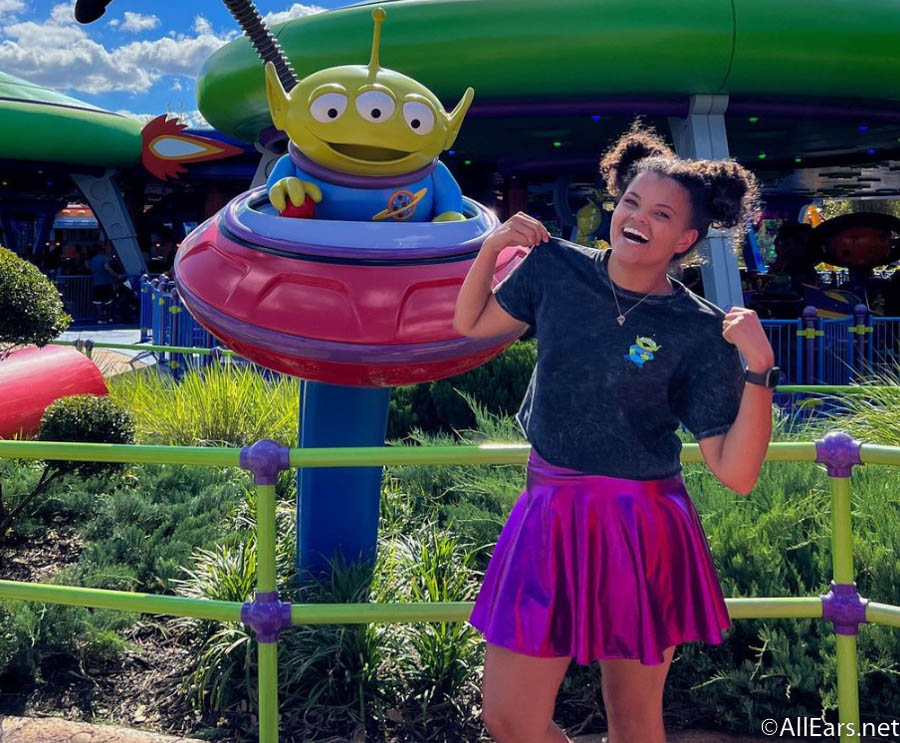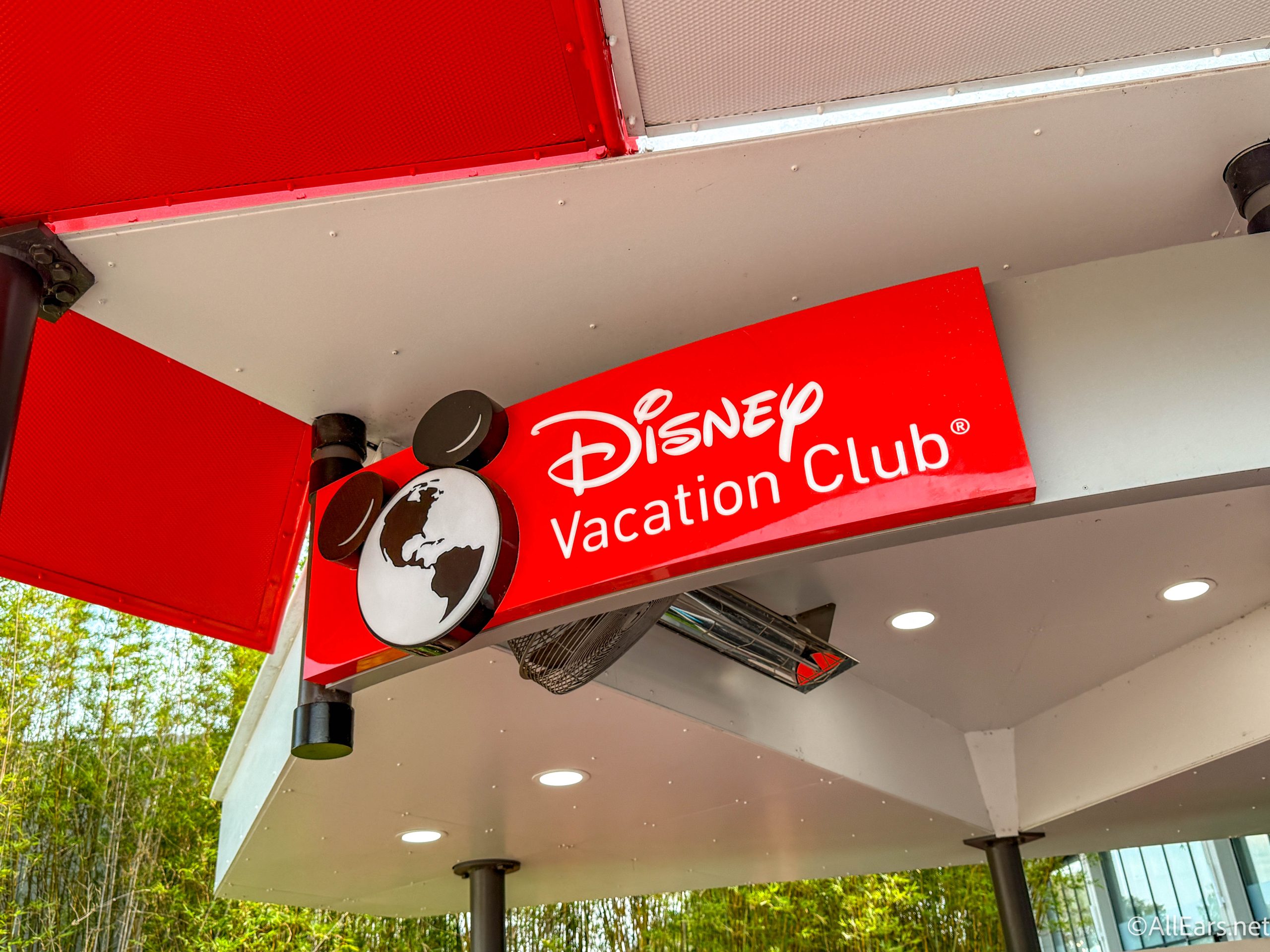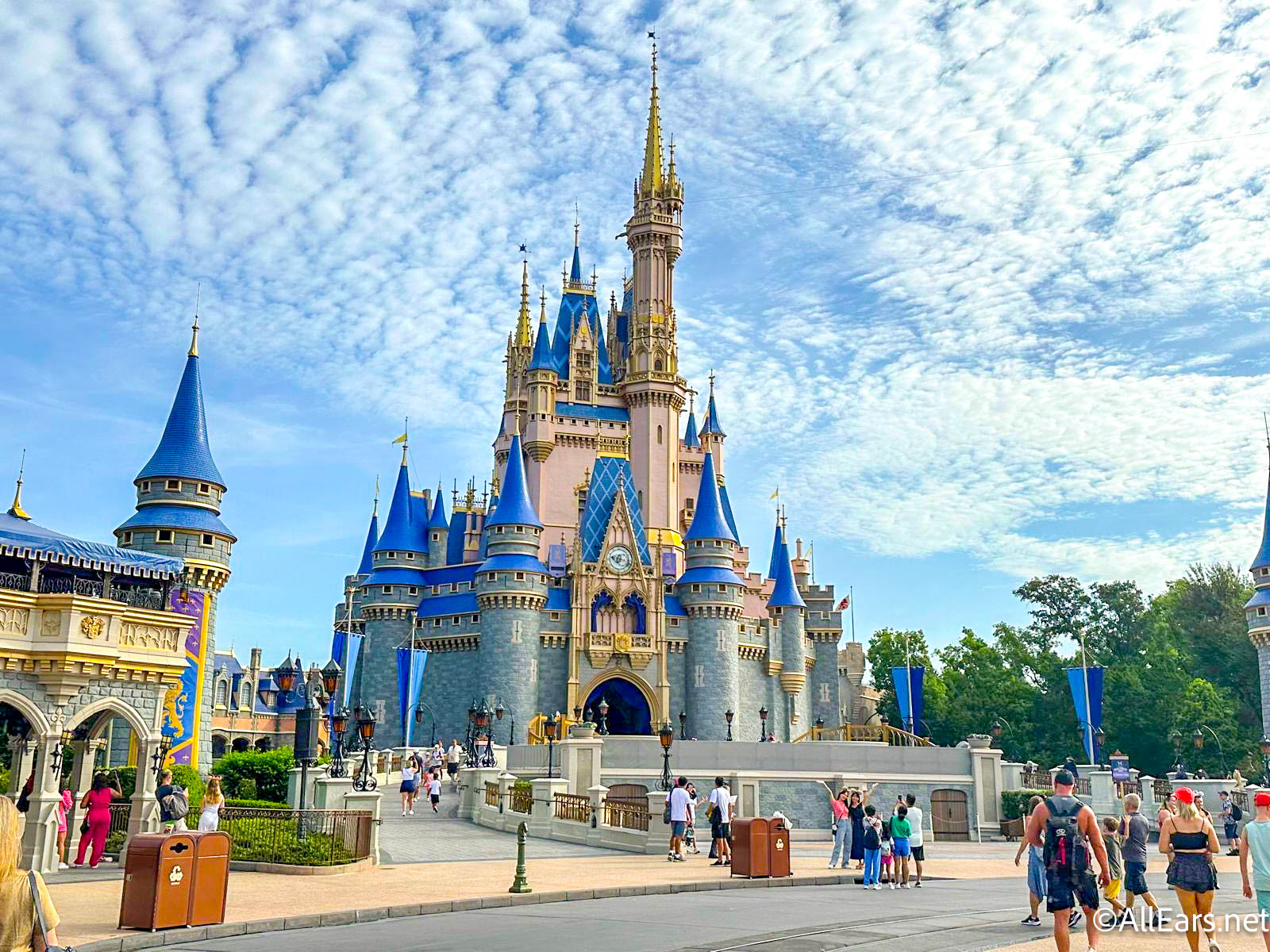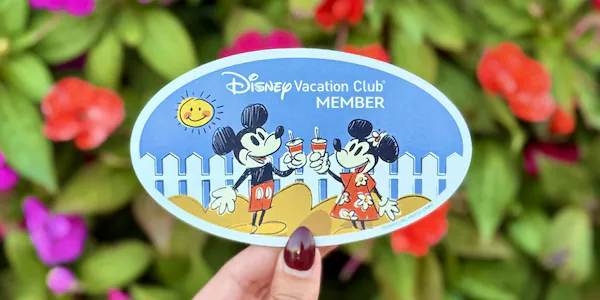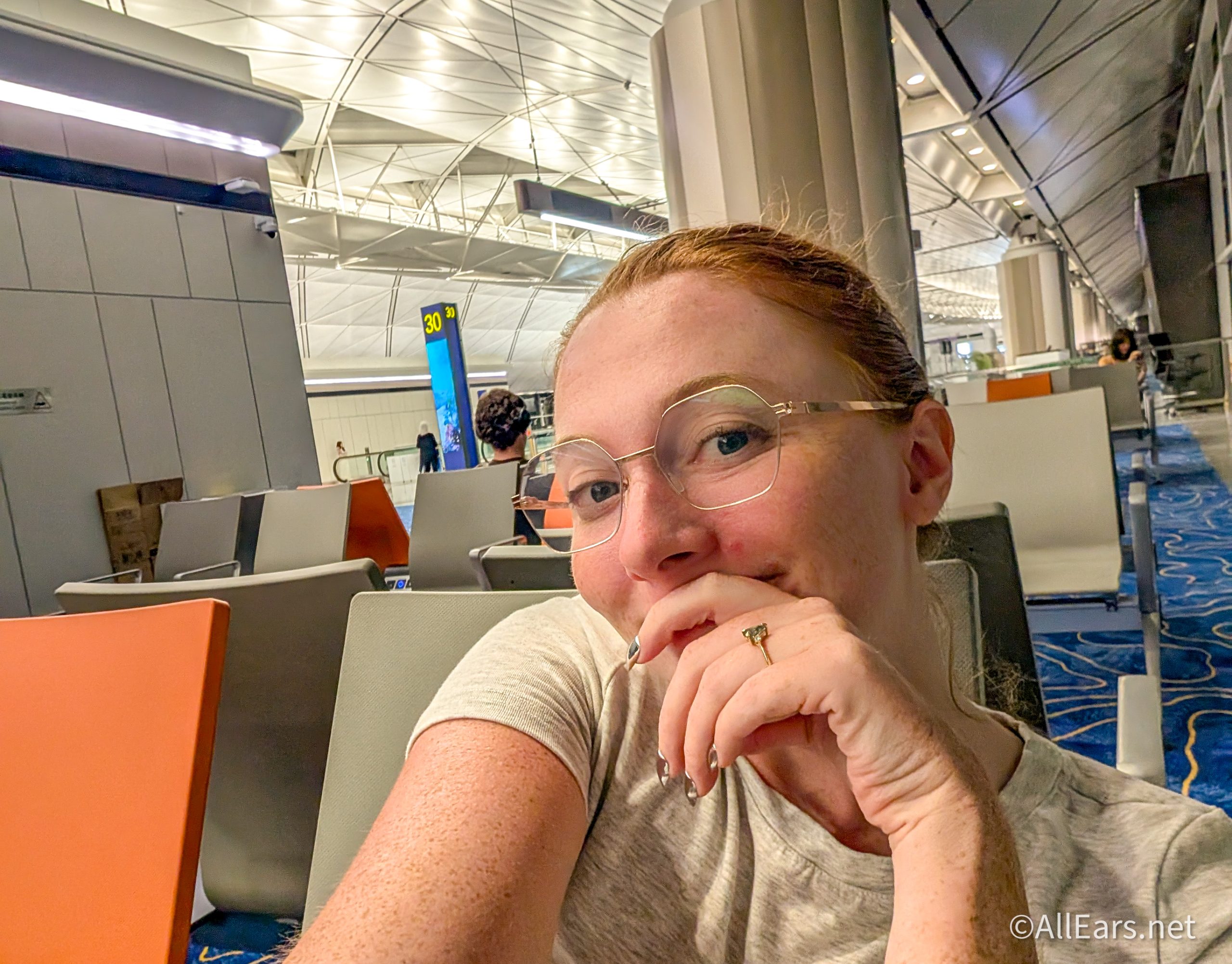Why EPCOT’s Iconic Horizons is Still So Beloved 20 Years After Its Closure
by
Brian Delpozo
Feature Article
This article appeared in the May 19, 2020 (#1079) edition of ALL EARS®
Editor’s Note: This story/information was accurate when it was published. Please be sure to confirm all current rates, information and other details before planning your trip.
Over the near 50 years that the Walt Disney World resort has been open, hundreds of attractions and shows have come and gone. However, few have left a lasting legacy like EPCOT’s Horizons. Despite closing over 20 years ago, the attraction is still mourned by both die hard fans who had the chance to experience it during its 16 year lifespan and younger generations who can only experience it through YouTube videos.
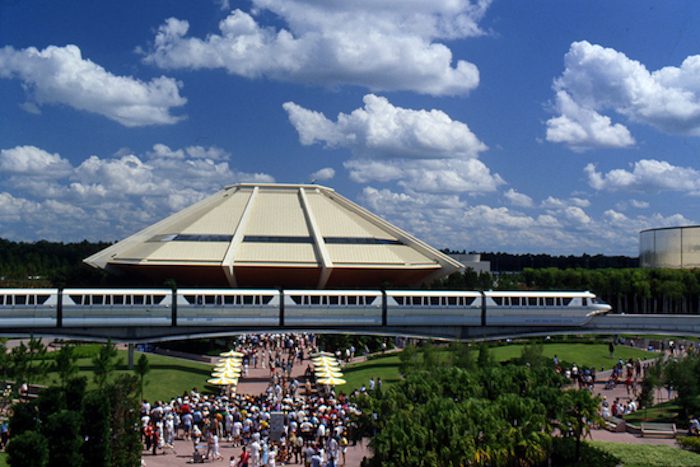
So why is this particular dark ride so well-remembered by Disney aficionados? Here are five of the biggest reasons.
It was definitive EPCOT.
Horizons opened to the public on October 1, 1983, exactly one year after the opening of the Epcot Center theme park. However, despite this delayed opening, the ride was a lynchpin of the EPCOT project from the start. When the decision was made to build EPCOT as a theme park (as opposed to Walt Disney’s original, more elaborate idea of a city-of-the-future), the idea of the “Century 3” (named as such to represent the third century of American life, which had begun in 1976) was one one of the earliest on the table for the park.
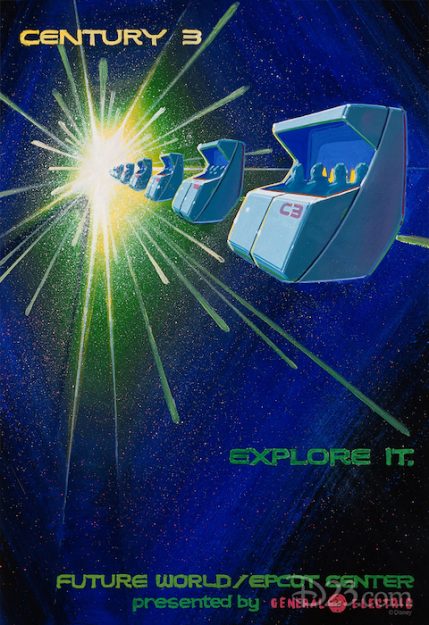
The attraction, which would eventually involve sponsor General Electric, was designed to be a look back at “past visions of the future” (i.e. how historical figures imagined the future would look) while the second half focused on the the future of America in the new millennium. Eventually, the focus on America was softened somewhat to appeal to international guests, and the ride’s second half instead looked at the overall future of humanity and how technology could allow the human race to colonize areas as diverse as outer space, the ocean floor, and vast deserts.
In addition, Imagineers began incorporating elements from EPCOT’s other proposed pavilions into the ride’s future scenes, making the ride a “thesis statement” of the whole EPCOT concept by showing how each of the Future World pavilions could lead to a better future for all of humanity.
It was a sequel to a classic.
As the the development of Futureprobe (the Century 3 moniker was replaced when it was determined that foreign visitors could be turned off by the America-centric name) went on, the attraction slightly morphed into a loose sequel to the classic Carousel of Progress attraction, which not so coincidentally had been sponsored by GE throughout its runs at both the 1964 World’s Fair and Disneyland. While the former traced a “typical” American family through the 20th century, Horizons (the final named settled on after it was determined that Futureprobe had some… uncomfortable medical connotations) focused on a “family” of the future in its second half, showing off prospective technologies by having members of said family living in the varied environments we mentioned above.

While the connection between the two rides was never officially established, it was heavily alluded to thematically and through nods in Horizons. Thanks to these links, being able to ride the original Carousel at the Magic Kingdom, then riding its unofficial sequel EPCOT later on their trip became a bit of a right of passage for many Disney fans.
It featured classic Disney elements.
When Horizons officially opened in 1983, EPCOT guests were treated to a massive dark ride that used every “trick” Disney Imagineers had come up with in the near-30 years they’d been working on theme park attractions at that point. The attraction featured 54 full-scale Audio-Animatronics and an Omnimover ride system, both of which are staples of the classic Disney attractions style. While Horizons wasn’t the last large scale dark ride of this kind made by Imagineering, it was the final one whose creation was led by members of the the first generation of Imagineers.
It was ahead of its time.
While Horizons was full of classic Disney elements, the attraction did introduce some major technological advancements. First, the attraction’s middle-portion featured two huge OMNIMAX screens. These large domes, a precursor to modern IMAX screens, were cutting edge at the time and played footage of advancing technologies that served as a bridge between the “past visions of the future” and “actual” future portions of the average attractions.

Horizons’ second major innovation was its climax, which featured the first interactive simulator ending in theme park history. Guests were allowed to choose which of the three previously shown futuristic environments (the Brava Centauri space station, the Mesa Verde desert farm, or the Sea Castle research base) they would like to travel to. The guests would push a button corresponding with the environment they wanted to visit, and each car would experience a 30 second simulation of whichever environment they picked. Conceptually, this ending paved the way for many of the major interactive and simulator attractions that have been built across the theme park world in the 40 years since, up to and including Millennium Falcon: Smugglers Run.
Before we reveal the fifth reason we think Horizons still resonates with guests two decades after its closure, you’re probably wondering why it closed in the first place. After all, why would an attraction that had all that going for it be closed a scant 13 years after it debuted?
Well, like many of EPCOT’s defunct attractions, Horizons fell victim to a flaw in the park’s sponsorship model. In 1993, General Electric chose not to renew its 10-year sponsorship of the attraction, leaving Horizons in a state of flux. Over the next six years, the ride would open and close numerous times while Imagineering tossed around several ideas ranging from a refurbishment of the existing attraction to a complete overhaul of the pavilion’s concept. All the while, Horizons was allowed to fall into a state of disrepair thanks to the lack of sponsorship money.
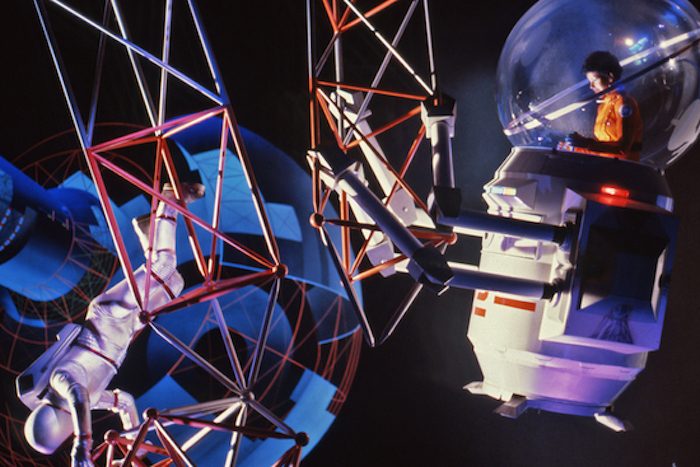
Eventually, the desire to build something new – plus alleged structural issues with a sinkhole developing under the Horizons show building – led Disney to go with the second option and in 1999 the attraction was closed for good. Horizons was torn down the following year, with Mission Space built in its place.
Despite the fact that Mission Space has been a part of EPCOT longer than Horizons was, many fans still deride the former as a poor replacement for the latter, and we think we know the biggest reason why:
It painted an optimistic future.
Beyond all the classic Disney homages and futuristic technology, perhaps the biggest reason Horizons still resonates with so many EPCOT guests is the ride’s optimistic vision of the future. The future depicted in Horizons, and overall the entirety of the the original EPCOT Center, is one of limitless possibilities. One in which mankind is able to put aside its differences and use technology to do everything from regularly traveling to and living in space to colonizing the ocean floor and terraforming once barren deserts into agricultural wonderlands.

Did you get the chance to experience Horizons during its all-too-brief run at EPCOT? Do you lament it as a great loss to the heart of EPCOT, or do you feel it was time to out the ride out to pasture as the 1990s ended. Let us know in the comments below.
Get the latest from EPCOT at the links below.
- This Disney World Ride Is CLOSING Forever, But You Wouldn’t Know That Based on Wait Times
- The New Rules You HAVE To Follow in Disney World This Fall
- The New Loungefly Everyone Will Be Wearing to EPCOT This Fall
- The SECRET To Walking On Disney World Rides Right Now
- The 10 Closures You Need to Know About If You Are Heading to Disney World This Week




